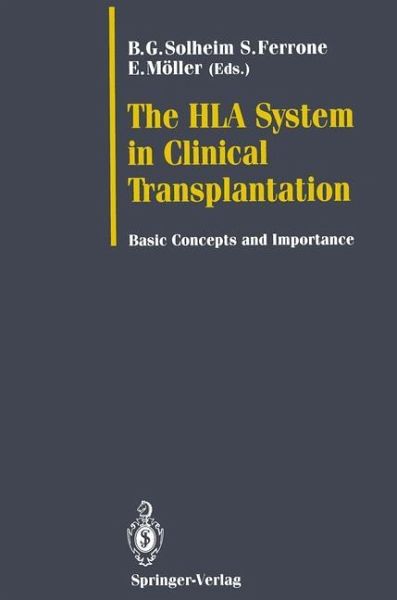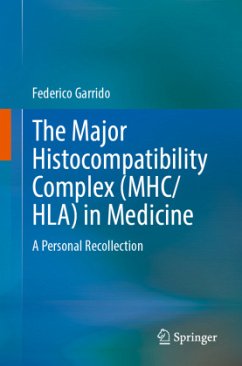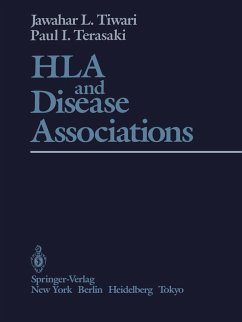
The HLA System in Clinical Transplantation
Basic Concepts and Importance
Herausgegeben von Solheim, Bjarte G.; Ferrone, Soldano; Möller, Erna

PAYBACK Punkte
38 °P sammeln!
With this book we· want to address young graduate students, clini cians involved in transplantation, and technicians in transplantation immunology laboratories. The volume should give a comprehensive but basic, up to date introduction to the structure, function, and clinical importance of the HLA system. We believe that there is a need for such a survey, and think that the present level of our knowledge is an optimal occasion for publication. A significant number of ques tions have now been resolved, and our knowledge has reached a level of sophistication that provides the basis for additiona...
With this book we· want to address young graduate students, clini cians involved in transplantation, and technicians in transplantation immunology laboratories. The volume should give a comprehensive but basic, up to date introduction to the structure, function, and clinical importance of the HLA system. We believe that there is a need for such a survey, and think that the present level of our knowledge is an optimal occasion for publication. A significant number of ques tions have now been resolved, and our knowledge has reached a level of sophistication that provides the basis for additional questions and answers. Although the emphasis of this book is on the role of HLA anti gens in clinical transplantation, their involvement in other clinical contexts is also discussed. The main focus is on the human MHC an tigenic system, but MHC systems in other species are described as they contribute to our understanding of the structural and functional characteristics of HLA antigens. Some important issues related to laboratory techniques are also covered. The contributors have a close affiliation to the field of transplan tation immunology. A majority have even been playing important roles in unraveling the HLA system and its functions. We believe this has contributed significantly to the quality and clinical and practical relevance of the book. As editors, we drew up the principal guidelines and took care that the chapters can be read as separate entities, although this invariably results in some overlapping.














